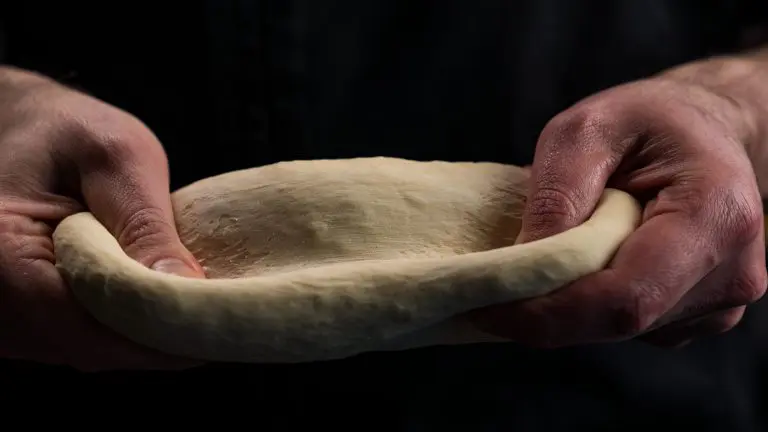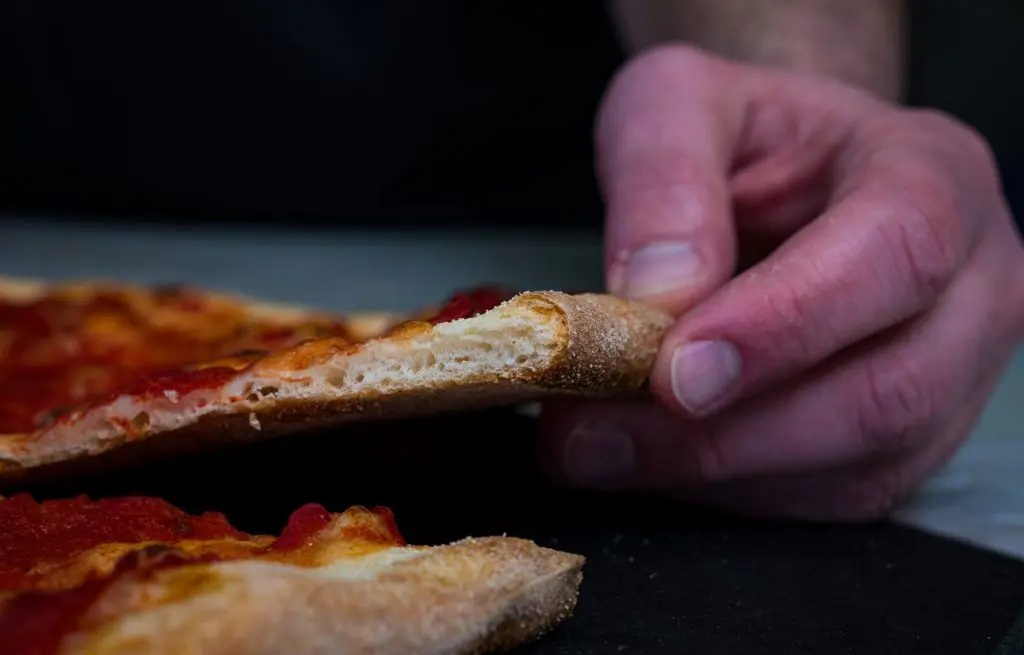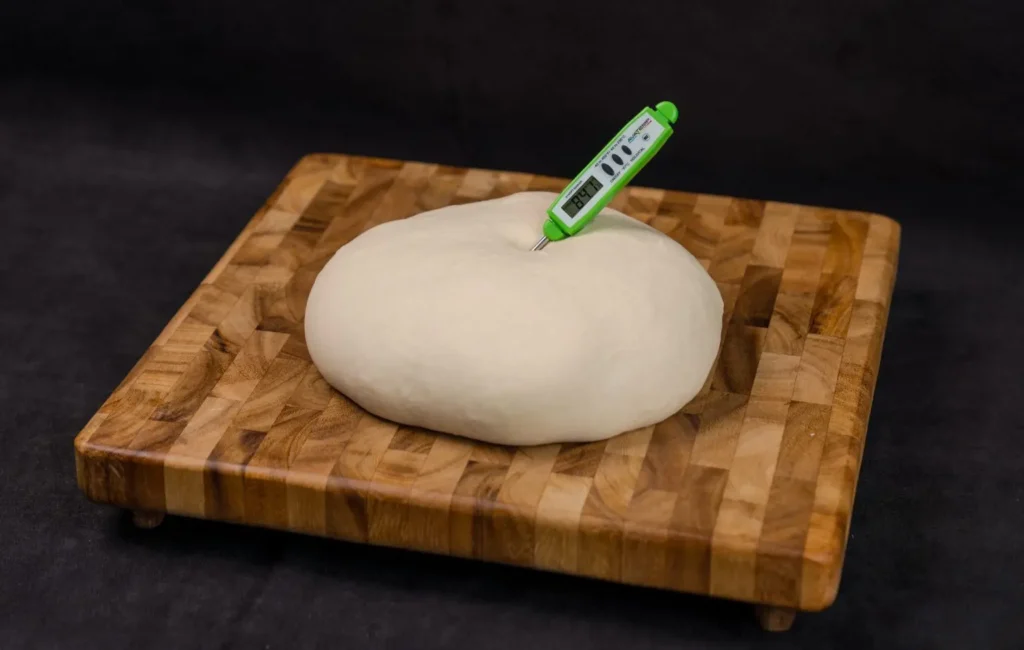Characteristics
Tenacious (hard to stretch), rubbery dough.
Though dough is difficult to laminate, once baked the dough will tend to shrink and create a crust difficult to chew.
There may be the formation of big bubbles during the bake.
Causes
- Incorrect protein flour/water ratio.
- Overmixed dough right before breakup.
- Long bulk fermentation.
- Dough not proofed long enough.
- Cold dough (during stretching process).
- Hard Water (pH higher than 7).
- High amount of salt.
How To Fix It:
- Increase the amount of water in the recipe, when using high gluten flour hydrate at a minimum of 58%.
- Do not mix the dough for more than 25-30 minutes on average.
- Decrease the bulk fermentation time.
- Increase the proofing time of dough ball.
- Use dough as much as possible at room temperature or at a minimum of 59°F.
- Decrease the pH level of the water with vinegar or utilize a reverse osmosis water filtration system and decrease the amount of salt.

Need Troubleshooting Help?
Ask Felice Colucci, Grande’s Culinary Expert
Felice Colucci is a self-described pizza fanatic from Puglia, Italy. At 27, he became a professional baker and one the youngest instructors at Pizza University. Since then, he has honed his craft, getting into the finer details of how ingredients work together; especially dough and cheese.




